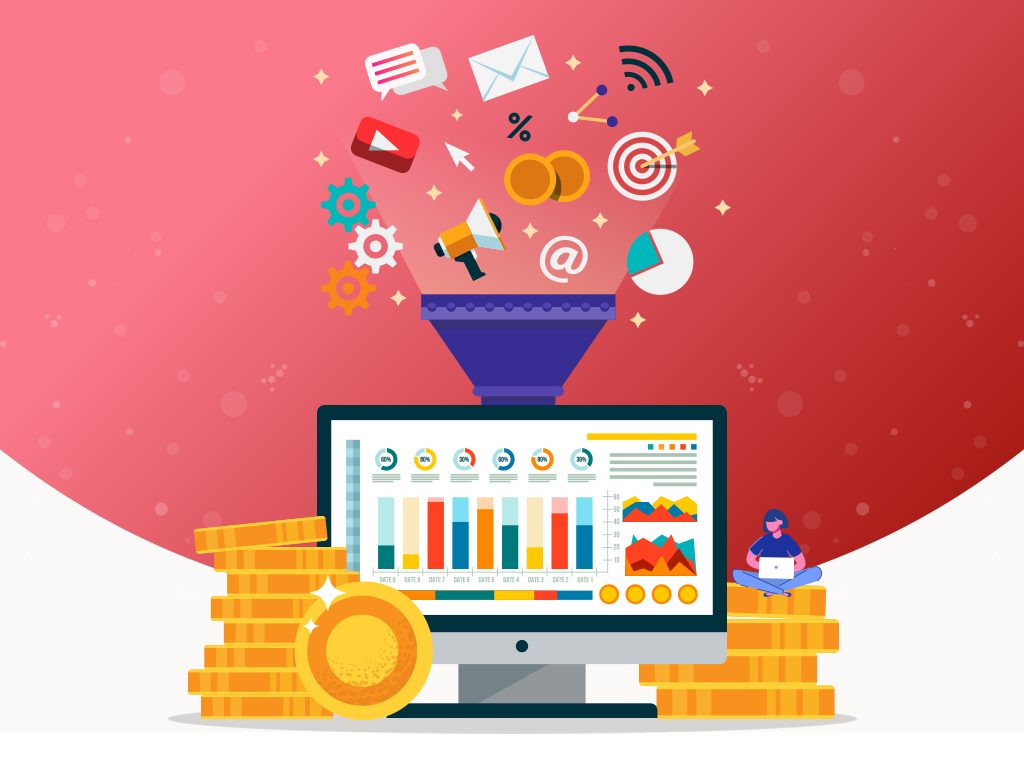Pain Point SEO: Converting Traffic to Leads
Revisit your current keyword strategy and take a look at Pain Point SEO. It is the act of finding customer problems and addressing them through bankable content. At the heart of it all, SEO is all about providing answers for people. However, there are those who make the mistake of thinking that SEO is a popularity contest, banking only on traffic and keyword volume for their research.
Honestly, I find this strategy archaic and unreliable. Keyword volume fluctuates which is why you should not rely on its inconsistency for your SEO efforts. As SEOs always say, content is key. That is how you win in this industry. Yes, traffic is great but aim for more, do not get stuck with it as your end goal.
SEO coupled with a thorough understanding of the buyer’s journey is what can help you climb to the top and stay there for a very long time. Take a look at how you can achieve this with pain point SEO.
Avoid Traditional Keyword Research
When you get sick, do you ask for medicine or vitamin supplements so you can get rid of your symptoms? It’s most likely the former if you ask people because this is the wisest choice. This is exactly what pain point SEO is about.
It is rooted in addressing the awareness stage in the buyer’s journey so you can promote your business as their source of products or services for the consideration and decision stage. With this, you should also consider assigning a funnel stage per keyword so you can have a clear idea of how you can effectively promote your content based on the buyer’s journey.
If you are doing traditional keyword strategy, your worksheet will look like this:

I’m not saying that you should disregard these figures but keyword volume is not that deep of a metric to address customer pain points. Instead of being focused on the numbers per keyword, why not make a separate spreadsheet where you can take note of the long-tail keywords that can address customer problems.
Of course, in order to answer a question, you have to know how and why your customer is having difficulties. Keyword volume can help you increase traffic but pain point SEO will help you garner leads.
It’s one thing to have many users coming into your site and another to attract them because they NEED to come to your site to address a problem. Find out all the things that can go wrong with your product as well as the negative reviews that your customers are already putting out there, this can help you to your advantage.
To get you started on making a worksheet of long-tail keywords, you can start your research on the problems that your customers are having on:
- List of Products/Services
- Price
- Location
- Risks
- Urgency
- Quality
These long-tail keywords can provide a signal to users that you are aware of their problems and it is also a great way to dominate the SERPs through relevant terms aside from your target keywords. The best way to do this aside from using a keyword research tool is to look at the search engine pages and see what people also search for. At the bottom of the page, lies the potential long-tail keywords that you have to target. Additionally, you should also see the featured snippets of that particular keyword and build your long-tail keywords around them.

The typical way of getting a keyword list, prioritizing by search volume, then building your content around it is a weak strategy in addressing your customer’s needs. Why not grow and convert with pain point SEO? Generate content from customer pain points and then continuously find keywords centered around them.
This strategy was applied to one of my clients, Topbest, a pest control operator in the Philippines. There is a drastic need for protection against mosquitoes so it is only natural that people will search for the cure to this pain point. As people are experiencing their pain points in terms of dengue and mosquito control, we have seen an influx of users who are searching for these terms:

As a result, people who found their business organically have turned into leads. Because people have a need for pest control in this life-and-death situation, they have flocked to the business to see how they can relieve the symptoms. This is precisely what Pain Point SEO is as a keyword strategy. Traffic into leads, that is what you should be aiming for. If you are mindful of the details, you can see this when you address your client’s pain points and turn these into their favor.
Potential Clients of the Business
To get to the root of customer pain points, you must have a clear idea of what your customer looks like. You have to take note of who they are and what are the probable reasons why they are going to seek out your business. This goes to show that you should strategize Pain Point SEO with these kinds of factors in mind:

A clear image of who you are talking to through your SEO content would be your best bet in addressing their needs. Say, for example, you have a real estate business and you are probably targeting those who need to upgrade their homes.
Pain point SEO goes deeper than the obvious prospects, you have to find out if your target market consists of young professionals, retirees, or small families, or something else to that effect. The good thing about this is that this strategy can be constantly rebuilt because you can be confident that it is not stagnant for your efforts.
Together with your prospects, you also have to consider what type of voice you are going to use to relate to them. Your ticket in knowing more about your customers is through social media channels. Look at their feedback through the comment section, take note of their questions, and see what their social media is like.
Search Intent
I cannot stress this enough but search intent does go a long way in helping you attract visitors and leads organically. Once you have a clear mental image of the target market you are addressing, you have to plan how you can highlight your site as their primary source of answers.
To address this, you can make a persona for yourself that will align with the potential clients of your business. So if your target audience is SEO newbies, then you have to be an expert in the field to bridge them to you or you can also sell yourself as another beginner that can help them in educating themselves on this particular field.
This is a great way of highlighting search intent since you now have a hold on how you are going to present your content. Build your keywords around customer pain points and answer them accordingly:
- Navigational – site visibility and brand terms that will lead users to the site
- Informational – product details, accessories, features, benefits, how your services will attract potential clients
- Commercial Investigation – a clear description of the product (color, size, weight, height), reviews, comparisons
- Transactional – pricing, purchase information, sales, deals, coupons, discounts
Key Takeaway
Improving customer experience through Pain Point SEO is your best bet for converting that meaty traffic into leads. By being the point person to address potential problems that may arise from products or services, you have the advantage of promoting your brand more effectively.
Gone are the days when you rely on keyword volume to rank. This is the age of SEO when you have to stay competitive, especially with Google’s algorithm updates. In-depth customer research is one way to prevent getting hit by these changes in a negative manner.
What are the other pain points that customers may have? Comment down below!
